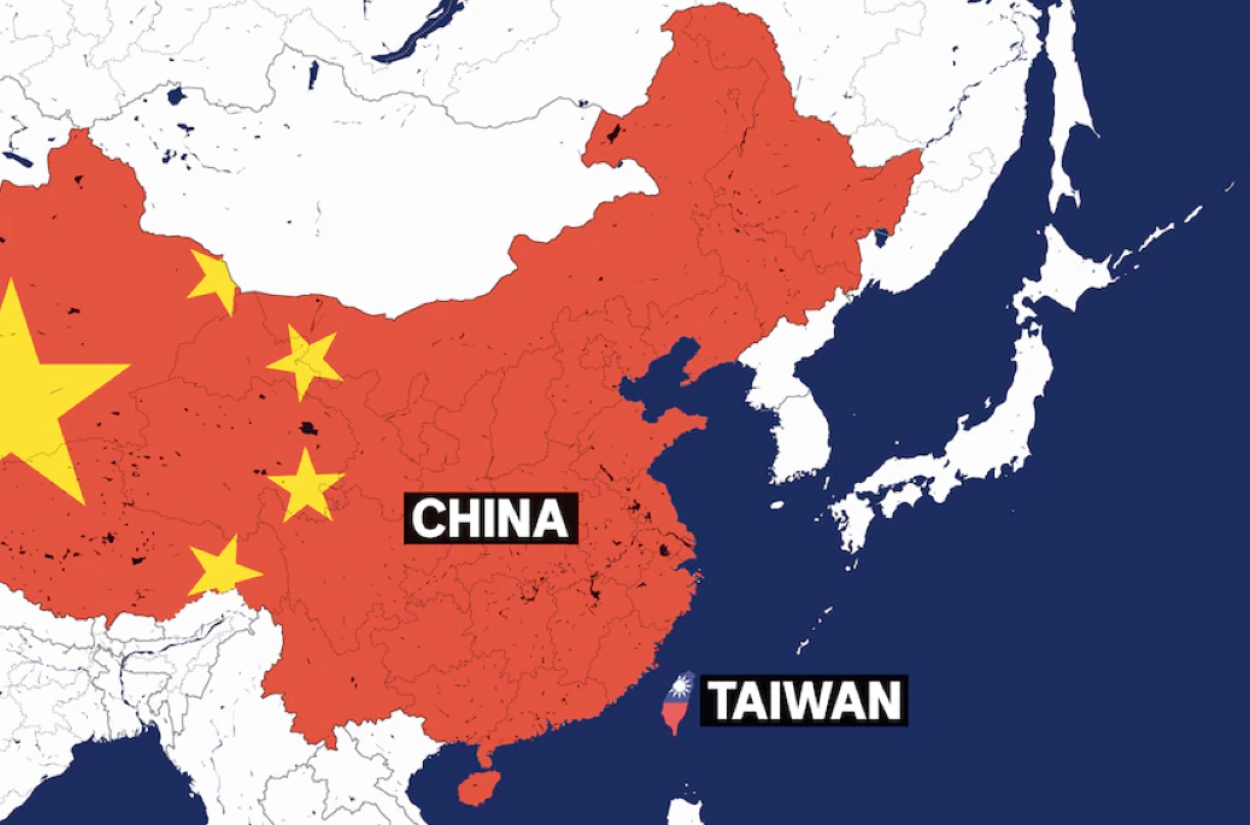By Vaishali Basu Sharma
A fifth balloon was reported to have entered the Taiwanese airspace in the space of four days. Taiwan’s defense ministry says three more Chinese balloons have been detected flying across the Taiwan Strait, and one was reported to have flown over the island. It also noted that four Chinese military aircraft were operating in the region.
Similar balloon activities were observed in the Taiwan Strait last month. International concern over China’s deployment of spy balloons intensified in February 2023 when the United States shot down a comparable device, asserting it was a Chinese surveillance balloon.
On January 2, the Taiwanese defense ministry first reported the passage of three Chinese balloons across Taiwan Island and in proximity to an air base. What we know about the Chinese balloons flying over Taiwan is not very much. No pictures of these balloons have been released. China’s defense ministry has not made any comments so far.
This balloon was not shot down by Taiwanese defense forces, which raises the question of whether Taiwan’s military views it as a threat to Taiwan. Obviously, there is the possibility of a potential attack from China, which views Taiwan as part of its territory despite never having controlled it.
These kinds of balloons could very much be used for spying on Taiwan. They could easily have reconnaissance equipment for image intelligence, aerial photography, electronic intelligence, or signals intelligence. There are a lot of options to put on a system like that.
Unfortunately, it cannot be ruled whether the Chinese are indeed using the balloons for military purposes.
But what is clear is that China has increased military pressure on Taiwan. The likeliest explanation for spying at this time seems to be that Taiwan has an election coming up next week, and Beijing is attempting to sway voters.
Direct presidential elections in Taiwan are scheduled for January 13, 2024. Incumbent President Tsai Ing-wen of the Democratic Progressive Party (DPP) has hit her two-term limit and is therefore not eligible for another term.
It is a three-horse race to replace President Tsai, and the front runner seems to be Lai Ching-te, who is President Tsai’s right-hand man, her Vice President, and the nominee for the democratic progressive party.
Beijing has made no secret of the fact that it detests the DPP government and accuses them of being separatists. The DPP government has repeatedly, in turn, accused China of interfering in Taiwan’s democratic process, and this balloon incident seems to be an example of exactly what President Tsai has been accusing Beijing of.
Despite Beijing’s aggression toward Taiwan since 2016, the Kuomintang (KMT) and the Democratic Progressive Party remain at odds over their China policy. The relations between China and Taiwan have worsened under Tsai’s tenure, and the KMT has tried to project the hope and image of warmer relations between the two sides.
The August 2022 visit by Nancy Pelosi to Taiwan further aggravated the already difficult relations. KMT projects that if it were to come to power, China-Taiwan problems could be reduced. Beijing has indicated that it is ready to cooperate with Taiwan if it tries to put the demand for independence on the back burner.
After the destruction of the Chinese spy balloon by the United States on February 4 last year, a Washington Post report cited US officials that India and Japan were among several countries in China’s neighborhood to have been targeted through spy balloons.
“The surveillance balloon effort, which has operated for several years partly out of Hainan province off China’s south coast, has collected information on military assets in countries and areas of emerging strategic interest to China, including Japan, India, Vietnam, Taiwan, and the Philippines,” The Washington Post reported on February 7, 2023.

Meanwhile, new information has appeared about the Chinese spy balloon that was shot down last February by the US military. Investigation into the balloon showed that it was not used to transmit intelligence back to China; instead, US intelligence found it used an American internet service provider to send navigation and location data to China.
Beijing has always maintained that the balloon was a civilian weather research craft that had inadvertently veered off course.
The recurrent incidences of Chinese using spy balloons begs the question, why does Beijing resort to balloons when it has super-advanced satellites to conduct sophisticated surveillance operations?
Balloons as surveillance equipment enable the Chinese to conduct precision surveillance against especially static or land-based facilities and can also be conducted against slow-moving targets such as surface vessels across the ocean, allowing it considerable loiter time over a target area allowing it to pick up Signals Intelligence (SIGINT) against specific targets.
Simple cameras on balloons can produce clearer images than those on orbital satellites, and other surveillance equipment can pick up signals that do not reach the altitude of satellites.
- Vaishali Basu Sharma is a strategic and economic affairs analyst. She has worked as a consultant with the National Security Council Secretariat for nearly a decade. She tweets at @basu_vaishal